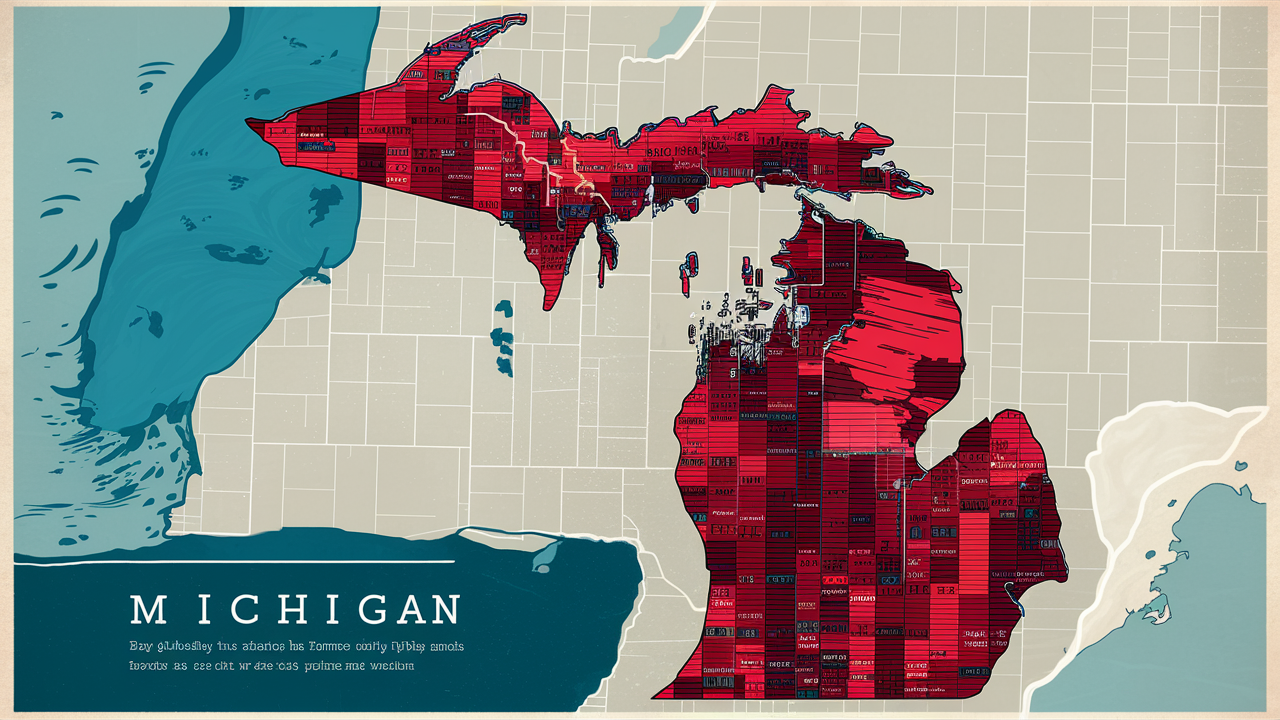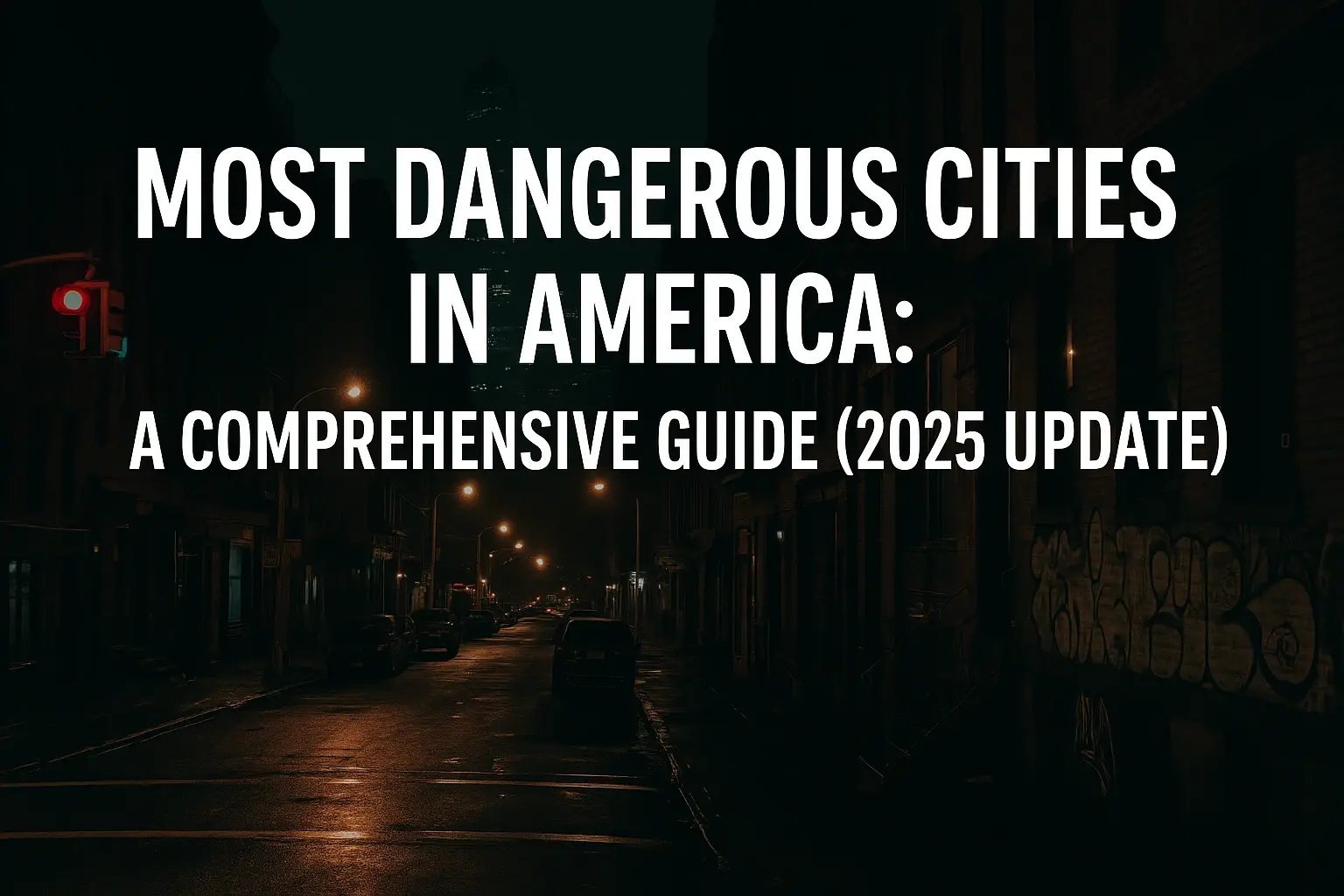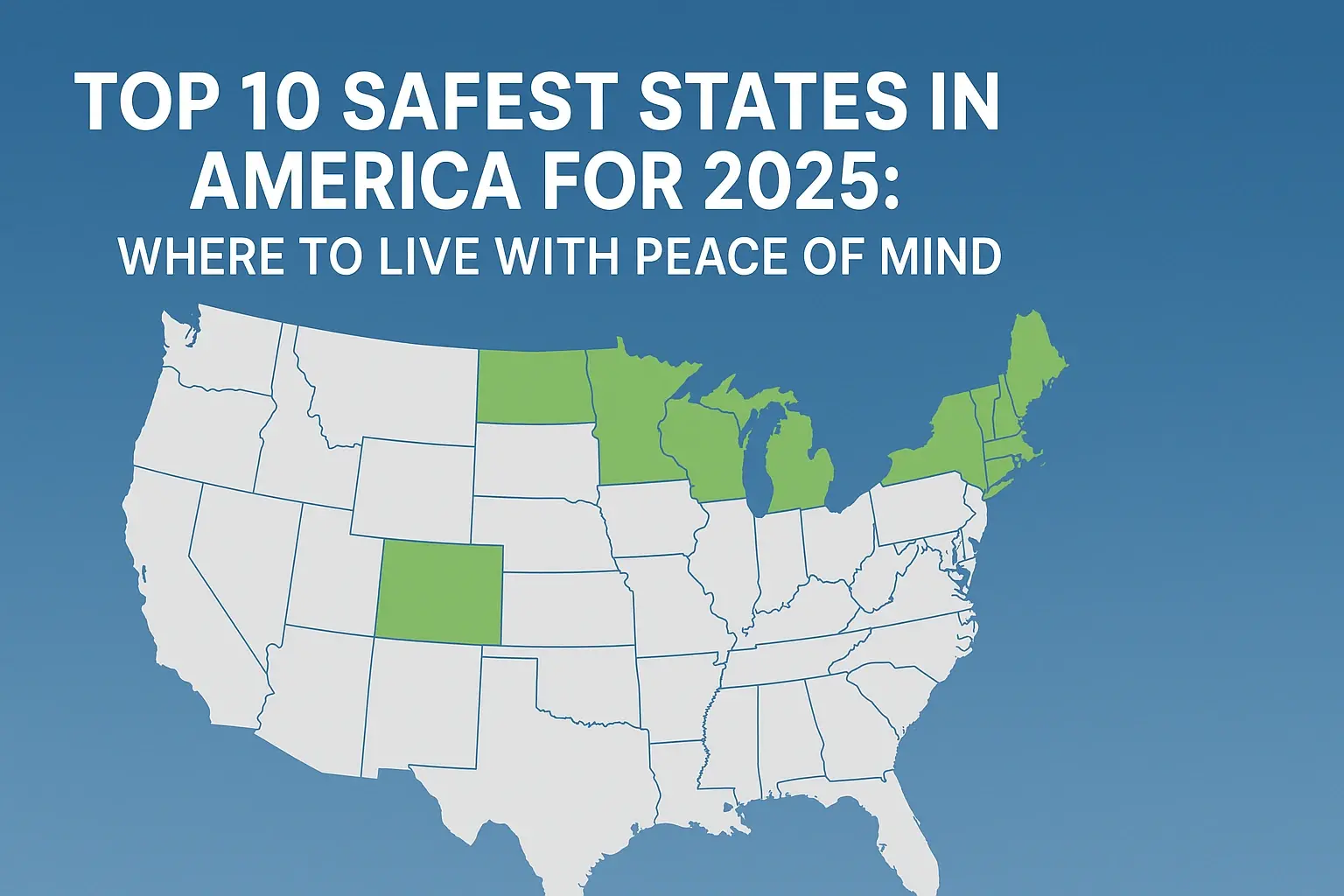Michigan is famous for its beautiful views, proximity to the Great Lakes, and its large cities. However, like all states, Michigan does have some of the areas that have higher crime rates. As to the knowledge of the places most frequently associated with criminal activity, people will be able to take proper precautions when working or traveling in those areas. This chart provides a clear view of how the crime rate in Michigan varies across different regions of the state.
Detroit Metro Area
Detroit is among the most dangerous large cities in the United States as compared to other big cities due to its high tendency for violent and property crimes. In Detroit proper, the violent crime rate is an average of 19.5 incidents per thousand population per year while the national rate is 5.5. Other adjacent cities such as Flint and Saginaw have also made it on the list of most dangerous cities in the United States according to the FBI. While the rates of crime are relatively low, they are more or less prevalent in metro downtown and urban residential facilities.
However, not all of the suburbs around Detroit are grappling with high rates of crime as those depicted in The Wire. Cities that surround Oakland and Macomb, such as Livonia, Troy, Farmington Hills, and Rochester Hills have much lower crime rates and are even closer to the Michigan state average. Notably, areas with higher owner-occupied housing especially the wealthier neighborhoods get extra security benefits.
Northern Michigan
Painting the picture of Northern rural regions like the Upper Peninsula (U.P.) where the rates of crime, especially violent ones, have always been low. Larceny theft is the most common type of property crime with the rate fluctuating between fourteen and fifteen occurrences within a population of 10,000 individuals. Even many of the cabins are situated in isolated areas because much of the northern part of the state is uninhabited and there is not much crime.
However, it is worth pointing out that the U.P. does consist of a few small metropolitan areas including Marquette and Sault Ste. Marie. These cities are characterized by slightly higher rates of violent crime of aggravated assault, rape, and robbery compared to other non-urban areas. DUIs and alcohol-related offenses are also more frequent in resort towns during periods of maximum tourism intensity.
West Michigan
Grand Rapids is so significant that it co-controls West Michigan as the second-largest city in the whole state of Michigan. However, unlike Detroit, which has become a city with a high crime rate, Grand Rapids boasts a low one. Its violent crime rate stands at nearly 5 per 1,000 people, and the property crime rate at 39 cases per 1,000 people. Just nearby Holland and Wyoming are also among the list of top twenty safest cities in Michigan; thus, the number of annual reported crime incidences recorded in the city.
Nevertheless, it has been noted that West Michigan does not suffer from high levels of inner-city criminality; however, some small towns in the area are considered rather dangerous. Relatively high rates of incidence of assaults, rapes, arson, vandalism, and other violent acts are typical of the Muskegon, Benton Harbor, Sturgis, and Battle Creeks. The local markets foster the illicit drug trade, which in turn increases the incidence of similar offenses within these regions.
East Michigan
In Michigan, the eastern area can be characterized by some mid-size rural towns with some agriculture. The communities that are located here reveal a few violent crimes per annum at most, thus maintaining a low level of violent crime in any form. But other types of crimes are more common, including the property crimes such as larceny-theft, and motor vehicle theft.
Some of the mid-sized cities that are more dangerous than their rural counterparts include Pontiac, Mount Pleasant, Jackson, and Port Huron. However, the crime statistics reveal that none of the cities in East Michigan are even remotely close to Detroit and Flint in terms of annual average of violent crimes. On the other hand, cities such as Auburn Hills, Brighton, Marquette, and DeWitt are ranked among the top ten safest cities in Michigan since they are known to record a minimal crime rate.
Mapping Tools
Mappers that denote crime rates in Michigan and break them down to the neighborhood level assist those who are relocating or seeking to purchase property and those who live there in estimating the degree of security. Visit websites such as AreaVibes, NeighborhoodScout, and CrimeGrade to access easily understandable color-coded maps and other comparison data. It is also important to compare ratings to official police department crime statistics, and qualitatively as well.
Although the numbers do not paint the whole picture, incorporating the crime map data with site-specific practicalities and basic safety principles and measures can enable an individual to decide whether or not the specific Michigan location suits his/ her or their family’s safety needs. When comparing areas or districts, consider nightlife, available means of transportation, illumination, and local police presence. For anything that may look suspicious or that you believe may be a cause for concern, report it to the authorities or relevant bodies and use home security deterrents where necessary.
Being aware of crimes while enjoying more of what Michigan offers culturally leads to even better experiences in this beautiful, culturally diverse place. Simply adapt the strategies of tourism promotion and the organization of tourism activities taking into account the potential and the difficulties of individual metro and rural areas. This is because prudent risk-taking makes it possible to open the doors to all that is clean in the state without putting one’s neck on the line.







